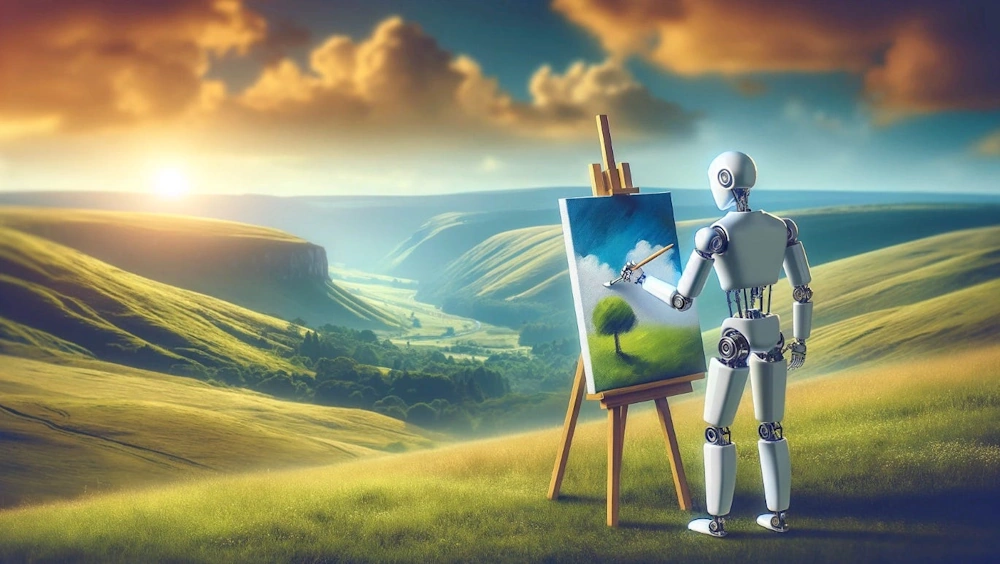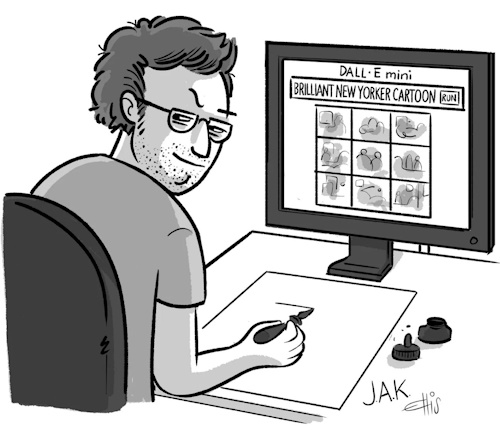 Image Generation
Image Generation
AI image generation refers to the use of artificial intelligence techniques to create visual content from various inputs, such as text descriptions or existing images. These tools use advanced algorithms and models to produce high-quality, often realistic images.
Related: AI Avatars | AI Audio Generators | AI Music Generators | AI Video Generators
AI image generation represents a transformative shift in how visual content is created, enabling artists, designers, and businesses to harness the power of machine learning for innovative applications. By understanding the underlying techniques and tools available, users can effectively leverage these technologies to enhance creativity and productivity across various fields.

 Key Techniques
Key Techniques
Generative Adversarial Networks (GANs)
GANs consist of two neural networks--a generator and a discriminator--that work against each other. The generator creates images from random noise, while the discriminator evaluates these images against real ones. Through iterative training, the generator improves its ability to produce realistic images, while the discriminator becomes better at distinguishing real from generated images.
Variational Autoencoders (VAEs)
VAEs learn to encode input images into a lower-dimensional representation and then decode them back into new images. This allows for the generation of new images that share characteristics with the training data, making VAEs useful for tasks like image reconstruction and generation.
Diffusion Models
These models generate images by simulating a diffusion process that starts with random noise and gradually refines it into a coherent image based on input parameters. Diffusion models are currently among the most effective methods for creating high-quality images from text descriptions or other inputs.
Neural Style Transfer (NST)
This technique combines the content of one image with the style of another to create a new piece of art. NST uses deep learning algorithms to apply artistic styles to photographs or other images, creating unique visual outputs.
Deep Dream
Developed by Google, this technique enhances patterns in images using neural networks to create surreal and dream-like visuals. It emphasizes certain features in an image, resulting in unique artistic interpretations.

 AI Image Generation Tools
AI Image Generation Tools
DALL-E 2 generates unique and realistic images based on textual descriptions. It combines advanced neural network architectures to produce high-quality visuals that often blend imagination with realism.
Stable Diffusion is an open-source model that generates detailed images from text prompts. It includes features like inpainting (filling in missing parts) and outpainting (extending images), making it versatile for various creative applications.
DreamStudio is a web application built on Stable Diffusion technology that allows users to generate images with customizable parameters, including size and prompt matching.
Midjourney is a popular AI art generator known for its ability to create visually stunning artwork based on user prompts. It operates through Discord and has gained a strong following among artists and creatives.
Artbreeder is a platform that allows users to blend different images and adjust parameters collaboratively, leading to unique creations that evolve over time through user interaction.
NightCafe provides a wide range of algorithms and options that are both easy for beginners to understand and useful for advanced users.
 Applications of AI Image Generation
Applications of AI Image Generation
- Artists use AI tools to experiment with styles and create new artworks.
- Businesses generate custom visuals for campaigns without needing extensive graphic design resources.
- Game developers utilize AI-generated assets for environments, characters, and promotional materials.
- Designers can visualize clothing concepts quickly through AI-generated imagery.
 Links
Links
castos.com/ai-image-generators
altexsoft.com/blog/ai-image-generation
autogpt.net/how-are-ai-images-even-generated
datasciencedojo.com/blog/how-to-use-ai-image-generation-tools
acorn.io/resources/learning-center/ai-image-generation
proxet.com/blog/the-technology-behind-ai-image-generation
aisecrets.com/applications/best-ai-tools-for-graphic-designers